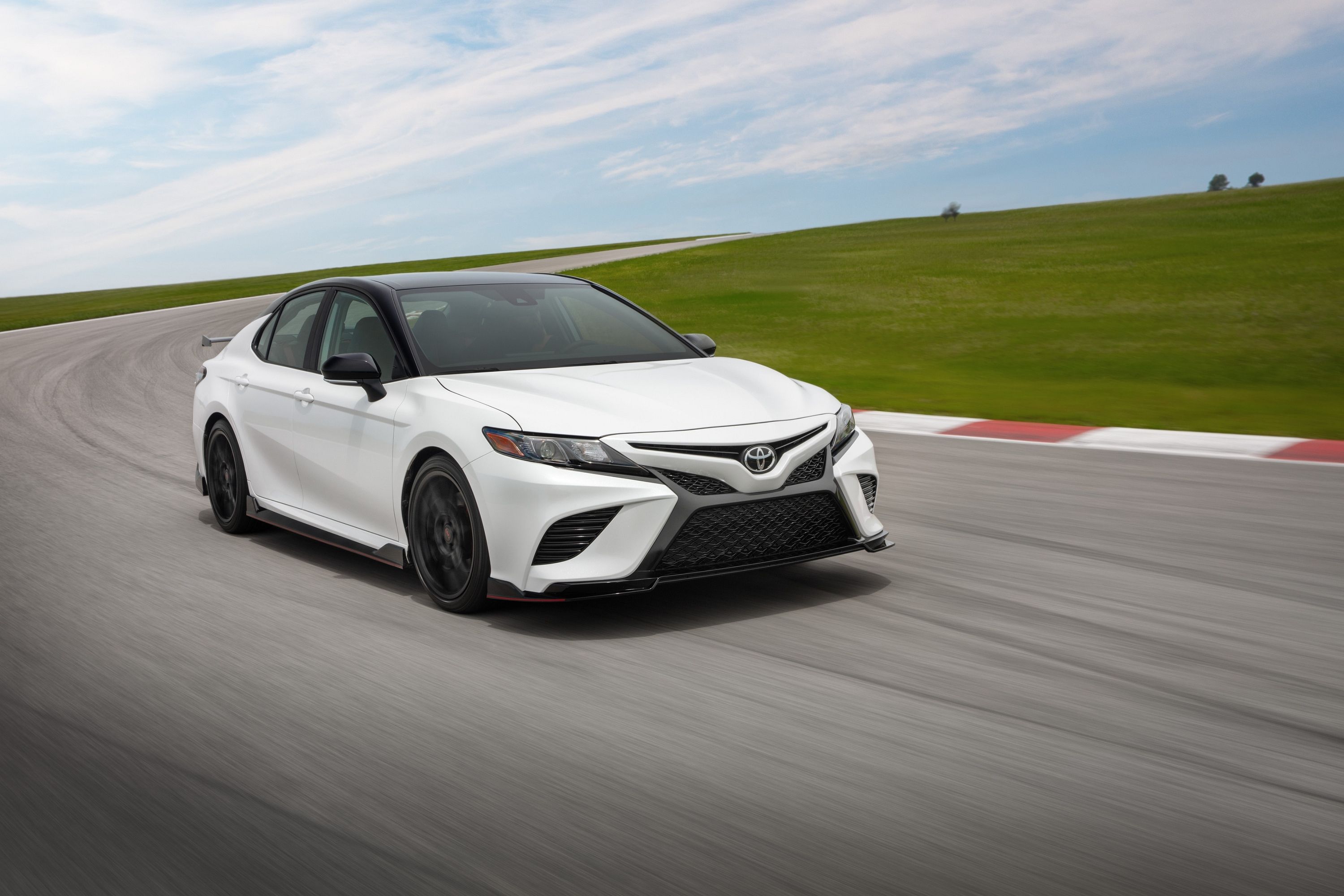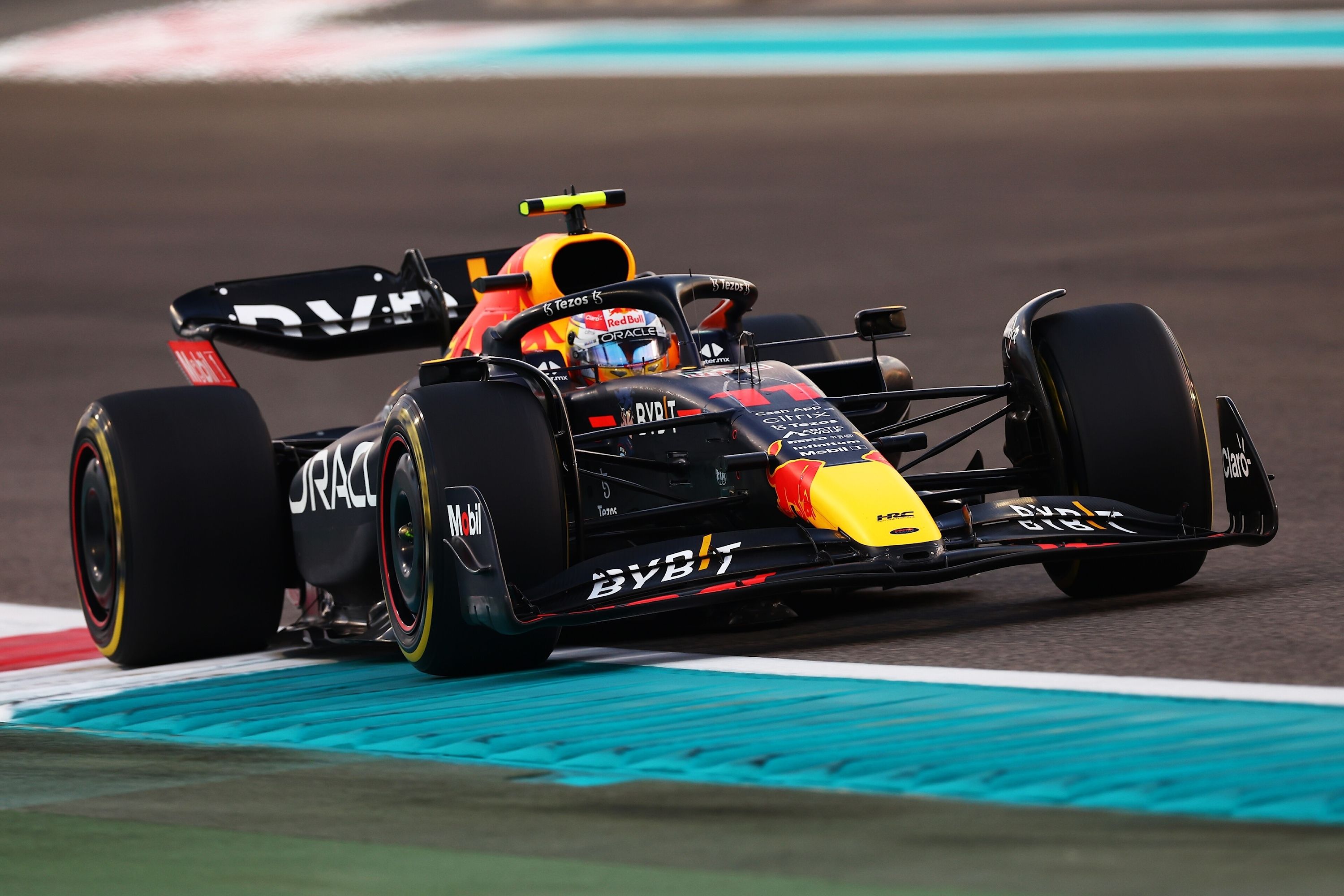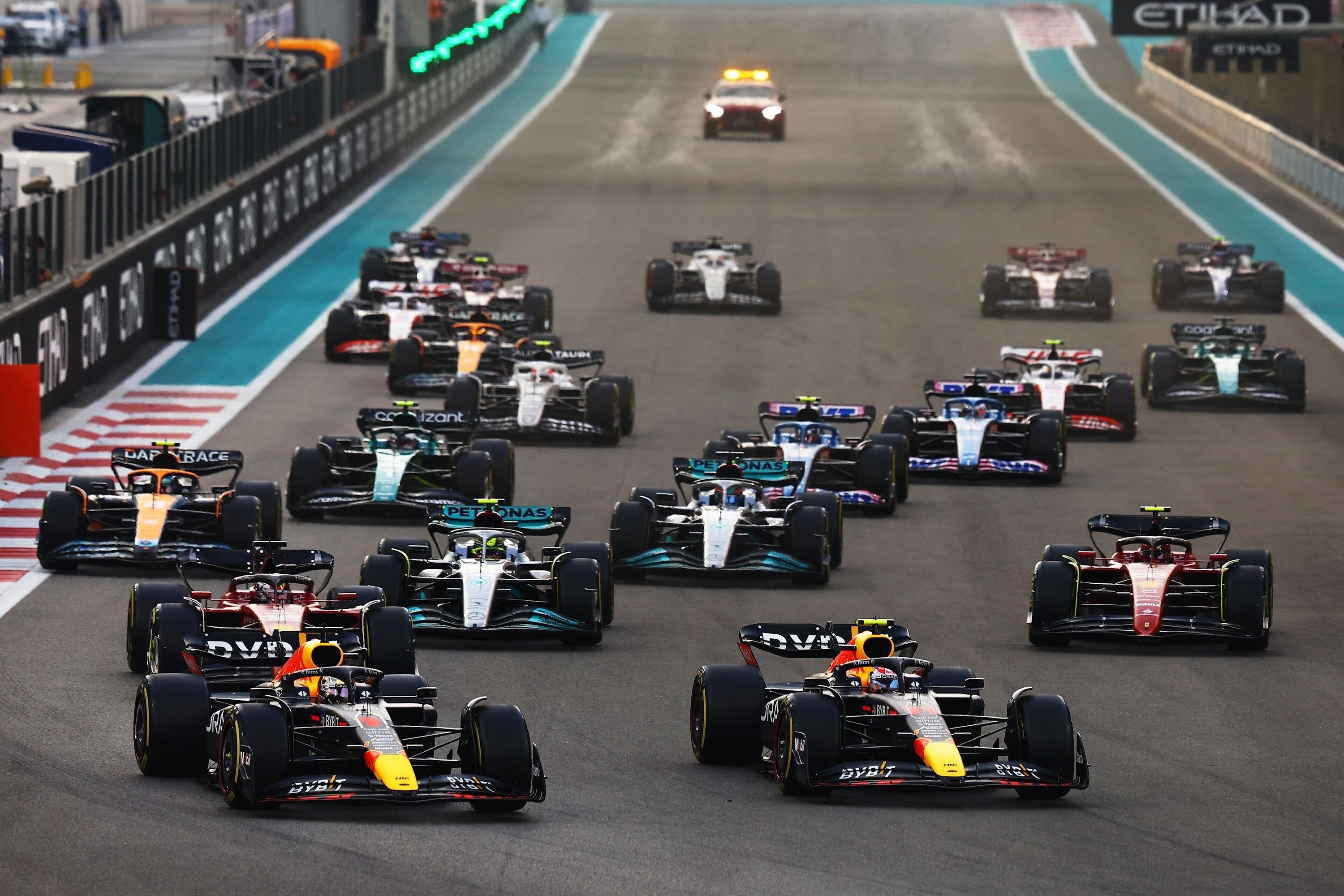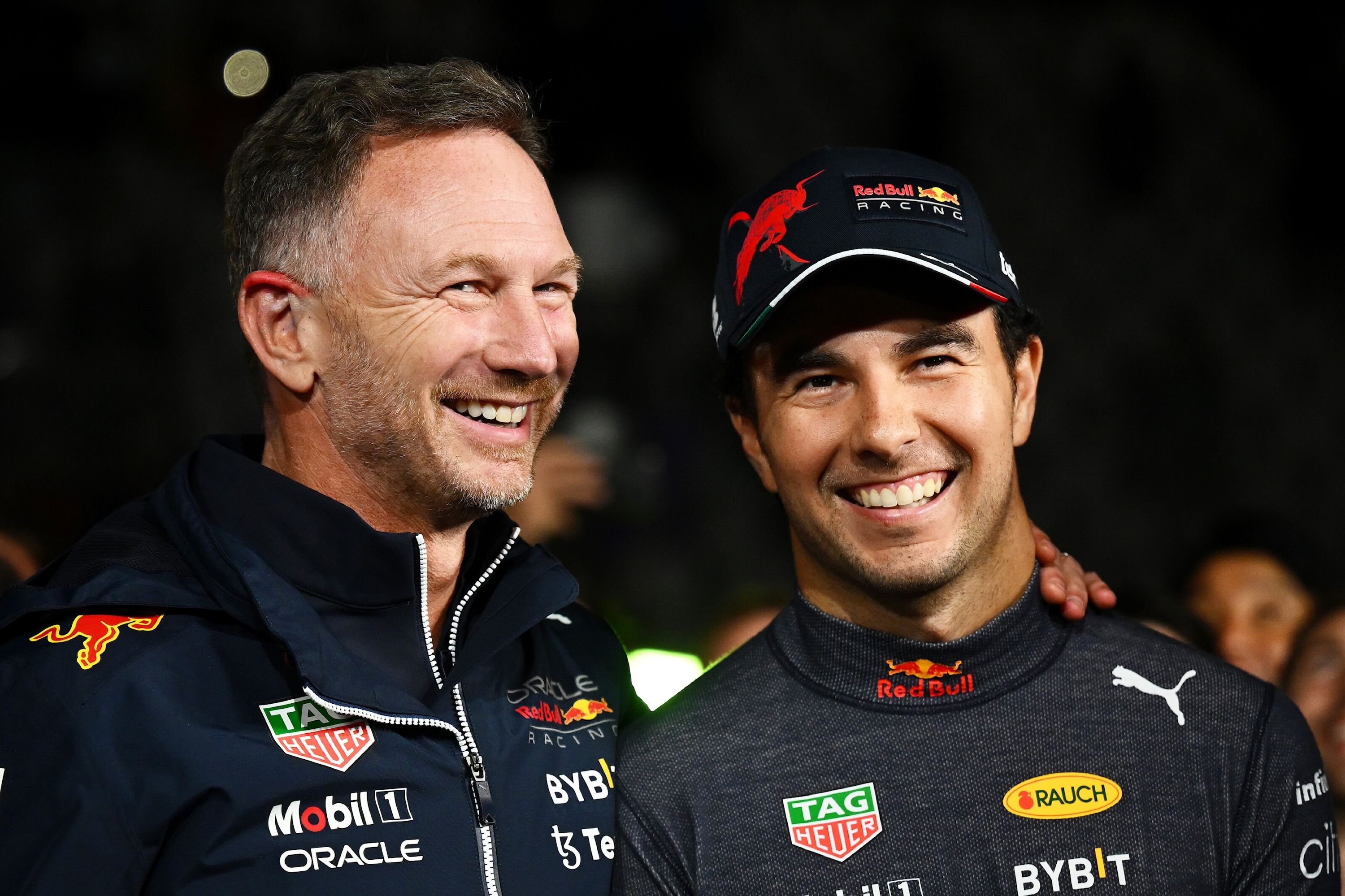
The Federation Internationale de l'Automobile (FIA) and the Formula 1 teams have agreed to increase the number of engine components each team is allowed to use during an F1 season. These changes will come into effect immediately, which means they'll count for this weekend's Azerbaijan Grand Prix and its contentious sprint race on Saturday.
We expected this rule change much earlier, but when Formula 1 announced the changes to the 2023 rulebook in January, there was no mention of increasing the power unit parts allocation. An F1 power unit has four main components; the combustion engine, turbo, MGU-H, and MGU-K. Previously, F1 teams were allowed three of each, and the new limit is four.
Intense Race Schedule Drives Change
The FIA's choice is completely logical, looking at the 2023 season's insane schedule. The teams were originally meant to compete in 24 races, which dropped down to 23 after the Chinese Grand Prix was canceled due to the ongoing COVID-19 virus. Still, it's more races than ever before, and there will be a total of six sprint races this season - twice as many as last year. The new sprint race format also calls for an additional qualifying session, which puts even more pressure on the vehicles.
This move can be seen as an attempt to avoid grid penalties later in the year. A driver is given a grid penalty if a team goes over its parts allocation. It's a fair system, but it must be adapted to align with the extra miles the cars will cover this year.
The 2022 season consisted of 22 races and three sprint races. This year there will be 23 Grands Prix, six sprint races, and two qualifying sessions for each race weekend where a sprint is hosted. In racing laps alone, we're talking an additional 250 miles at full send.
An F1 car is a highly volatile machine, and under the new regulations, the FIA expects the main power unit components to last around six races. An F1 race can be no shorter than 190 miles, with Monaco being the only exception. That means the power unit parts have to last for roughly 1,140 miles, and we're only considering racing laps.
As you can see, these cars aren't built to last a lifetime. They're the polar opposite of a Toyota Camry.
Other Rule Adjustments
These regulation changes were announced after a Formula 1 Commission gathering on 25 April. The FIA released an overview of the discussion points, including the changes to the sprint race format to make it more entertaining and less hazardous for the F1 teams.
There are several notable changes included in the document. The time allocated to the grid procedure for a Grand Prix has been increased from 40 minutes to 50 minutes. "At certain races, this additional time will be used for the presentation of the drivers to the fans," the press release states. Considering recent rumors regarding the Brad Pitt and Lewis Hamilton F1 movie, it seems the FIA is granting the production an additional 10 minutes to get the shots they need.
New Cost Cap Regulations
The final new regulation will be music to Red Bull's ears. The Financial Advisory Committee (FAC) has introduced new cost-cap rules. Teams will be able to exclude certain costs related to sustainability initiatives.
"Certain Sustainability Initiative Costs will now be excluded from the Cost Cap. These exclusions cover, amongst other things, costs associated with installing sustainable infrastructure, auditing and monitoring of competitors' carbon footprint, donations to charities engaged in the promotion of environmental sustainability projects, and carbon offset programs," the press release states.
Red Bull infamously breached the cost cap during the 2022 season, but not by much. The team was sufficiently punished, setting an example for everyone on the grid.
However, introducing these new regulations gives teams a new way to get creative with the books. We can already see Christian Horner donating $10 million to Greenpeace to counteract Red Bull's exorbitant catering costs.



